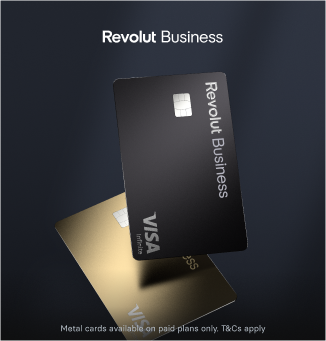Most businesses have spent at least some time on branding. In this blog, we consider the meaning of a brand, why it can help your business, and how to go about building a brand.
What is a brand?
The main purpose of a brand is to differentiate the products and services of one business from those of its rivals. This is evident in the origin of the term, referring to the process of farmers branding the livestock they owned, to prevent neighbouring farmers from inadvertently “acquiring” their livestock.
So even in the earliest days, branding was associated with protecting the market share of one’s business and preventing anyone else from passing off products as their own.
Branding is a core part of any company’s marketing strategy and can encourage customers to make new purchases, as well as prevent competitors from encroaching on one’s market share. There are essentially two elements of branding – visible and invisible:
Visible branding
The visible aspects of branding include logos, company names and slogans, visual styles, and jingles. Visible branding may or may not be protected by registered trade marks – and even unregistered trade marks.
If a competitor tries to use the visible branding of another business in their own marketing, they can potentially be sued for trade mark infringement or passing off.
Representatives of a particular brand – such as Elon Musk or Richard Branson – can themselves form part of the visible brand (see “individual personality brands” below).
Invisible branding
The company ethos, its stance on environmental and social issues, and how it approaches financial transparency, are all parts of the invisible branding strategy of a business.
In its early days, Google had a slogan “don’t be evil” which perhaps crossed the divide between a visible and invisible brand – but the basic idea was that it wanted to be viewed as having a corporate conscience, rather than just being a profit-making machine.
- How to protect a business name
- Guidelines for creating a limited company name
- What is a trading name?
Depending on the sector, a company might want to portray itself as traditional and reliable (e.g. law firms) or youthful and fun-loving (e.g. fashion industry), and this can come across in the level of formality employed in its approach to sales and customer service.
A truly successful brand can essentially develop its own personality, the essence of which infuses all of the products and services that are marketed under its name.
Should every business build a brand?
Branding is particularly useful for consumer-facing businesses. It can take a lot of time and effort to build a brand, but, once it has established a certain level of recognition, many customers will stay loyal to the brand.
Coca-Cola is a prime example of a company whose success is largely based on brand loyalty. Many customers who are loyal to Coke will refuse to purchase Pepsi (and vice versa), and newcomers find it extremely difficult to penetrate the market which is essentially dominated by these two big brands.
But in the case of B2B, companies may find branding far less important. To continue with the example of cola, many restaurants, and fast food outlets serve their own non-brand cola drink which they purchase from catering suppliers. In this case, the price and quality of the cola (or the syrup) will be more important than the brand.
Individual vs business personality branding
Many businesses that provide services will promote the skills and experience of the owner or certain key members of staff. This is often evident in boutique law firms which may have two or three partners who are integral to the business, or in the case of plumbers who are often sole traders.
In these cases, the people are essentially the brand. These types of individual personality brands are generally reliant upon the reputation of the relevant people, and all the other aspects of branding take more of a back seat.
The danger with individual personality brands is obviously that if the key people leave the business they will take the brand with them. So it’s a good idea to build a separate business personality brand, to protect the persona of the company itself.
How to build a brand
Brand building is a skill in its own right, and many companies offer branding services. However, here are some of the important steps involved with building a brand for your organisation:
Target market
It’s crucial to research your core customer base to understand their demographics and the values they are looking for in a company.
A funeral director is clearly going to require a very different approach to branding compared to a manufacturer of trendy urban clothing.
Look and feel
Visual and other sensory aspects of a brand may depend to some extent on the target market, but sometimes it will just be a matter of creating a distinct appearance.
Elements such as a company name, logo, and even product design itself, will all come into play here.
Attitude and ethos
It’s vital that this tallies up with the expectations and tastes of the primary customer base. However, it’s important not to make any assumptions based on top-level demographics such as age or gender.
Often it will be necessary to dig further into the detail to understand how to create a brand that will resonate with your target market.
Implementation
Once a branding strategy has been formulated, the next step will be to implement it across the business. In the case of existing enterprises, this might involve updating the website and stationery, as well as any signage for businesses, and running a series of marketing campaigns.
The “invisible” aspects of the brand also need to be communicated across the workforce to ensure everyone is on board, providing a branded customer service experience.
Consistency
Both the visual elements of a brand and its values must be applied uniformly across the business.
For example, the same logo should be used across all social media channels and printed on any invoices and receipts. And if communication is intended to be informal then the customer should be addressed by their first name in an email marketing campaign, by the account managers and technical support teams.












Join The Discussion